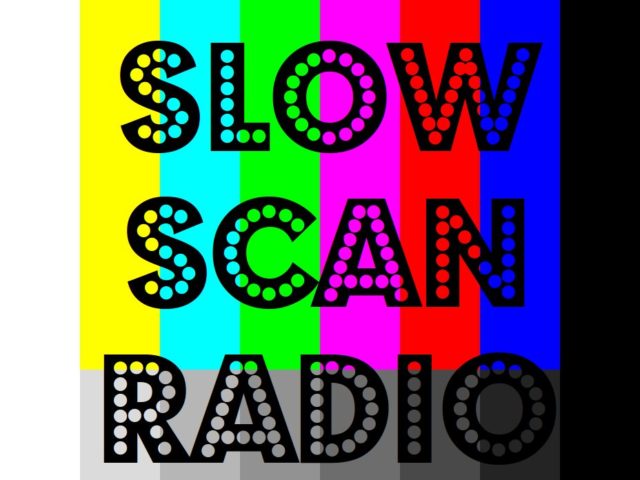At the beginning of Slow Scan Radio, some nine weeks ago, I said I would try to get our show to WRMI every 4 weeks, so that it could also be received in the USA. Most probably a signal from there with 100 kW can also be received in Europa.
After that, I received several requests to make that a weekly event. The only way for me to accomplish that is with the help of some sponsoring by our listeners. So that is what I am going to humbly ask you for here.
If you want to take part in this and support the effort for a time slot for the show at the transmitters of WRMI each week, you can donate to enable us to bring the show on the air at WRMI that way. This can be done by PayPal at our regular mail address x@xdv.me. A small amount will be ok, especially if you would want to repeat that for some time at a later instance.
I have reserved a starting amount for broadcasting the show 6 times myself to begin with. So if I am able to have enough people supporting this, we can start broadcasting from Florida each week at least for several weeks and hopefully much longer. If I don’t succeed in getting together the amount for a weekly broadcast, then I will stay with the original plan of broadcasting from Florida once every four weeks at least for several months.
